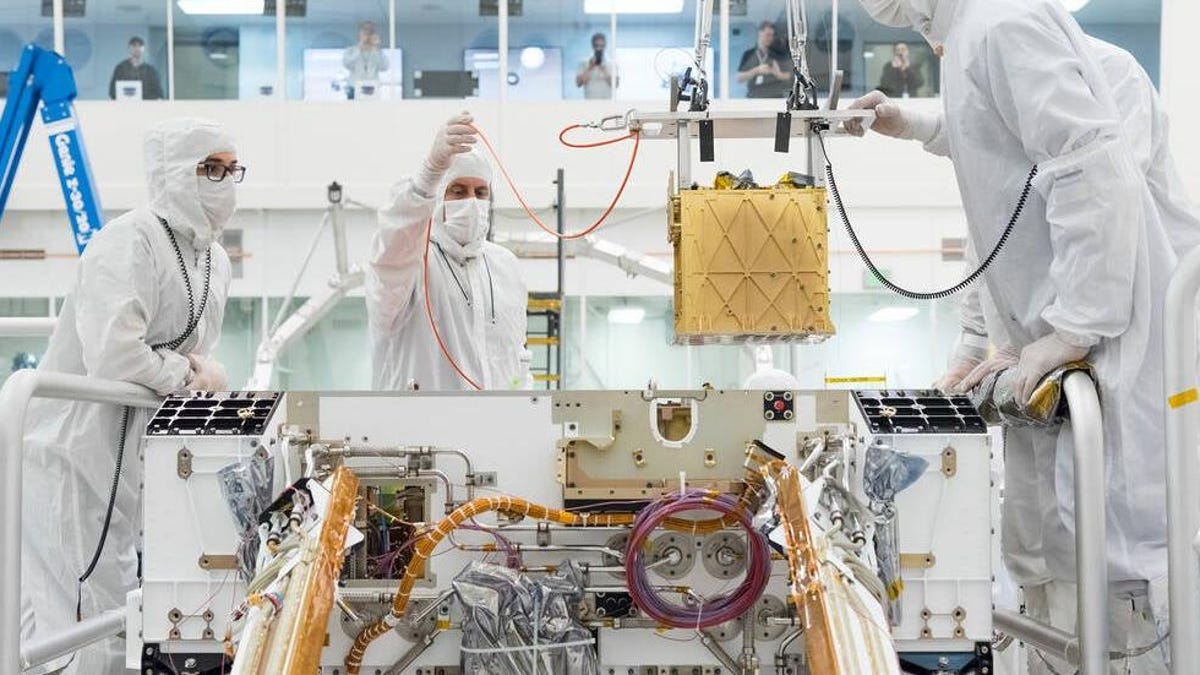On April 20, 2021, the spiritedly-named MOXIE experiment on Mars extracted 5 grams of oxygen from the Martian atmosphere, demonstrating a potential future capability of an established human presence on the Red Planet—and in other atmospheres besides Earth’s, for that matter.
“By proving this technology in real-world conditions, we’ve come one step closer to a future in which astronauts ‘live off the land’ on the Red Planet,” said Trudy Kortes, the director of technology demonstrations at the Space Technology Mission Directorate, in a NASA release announcing the experiment’s conclusion.
Just as the Ingenuity helicopter was sent as a technology demonstration to prove out powered, controlled flight on other planets, MOXIE was sent to test how human technologies on other planets could be used to help our species survive off-Earth.
MOXIE (short for the Mars Oxygen In-Situ Resource Utilization Experiment), was demonstrating just that: In-situ resource utilization, or ISRU, or the simple but crucial use of local materials in space to make existence possible. From extracting water from lunar regolith to oxygen from Mars’ unbreathable atmosphere, ISRU is a more sensible way of eking out existence off-Earth than lugging everything you need from our pale blue dot.
MOXIE arrived on Mars aboard the Perseverance rover in February 2021, and three months later managed to extract oxygen for the first time, a feat it would repeat 15 more times in its operations. The experiment separates oxygen from Mars’ carbon dioxide-rich atmosphere using electrochemical processes. In total, MOXIE has generated 122 grams of oxygen on Mars—about what a small dog breathes in 10 hours, according to the same release.
“MOXIE has clearly served as inspiration to the ISRU community,” said Michael Hecht, the deputy project director of the Event Horizon Telescope and MOXIE’s principal investigator, in the release. “It showed NASA is willing to invest in these kinds of future technologies. And it has been a flagship that has influenced the exciting industry of space resources.”
MOXIE was just a technology demonstration, but showcases how ISRU can—and likely will—be put to use off planet. New mission concepts are presenting new ways that humans can optimize environments for scientific investigation and for other means, like mining. The next step is the Moon, the focus of NASA’s Artemis missions.
There aren’t immediate plans for a second iteration of the oxygen-producing experiment, but it sets a great foundation for future technology demonstrations. And even if future experiments are named differently, no projects in space can be done without a little bit of moxie.
More: Enhanced Space Access Means Remarkable New Science Is on the Horizon

